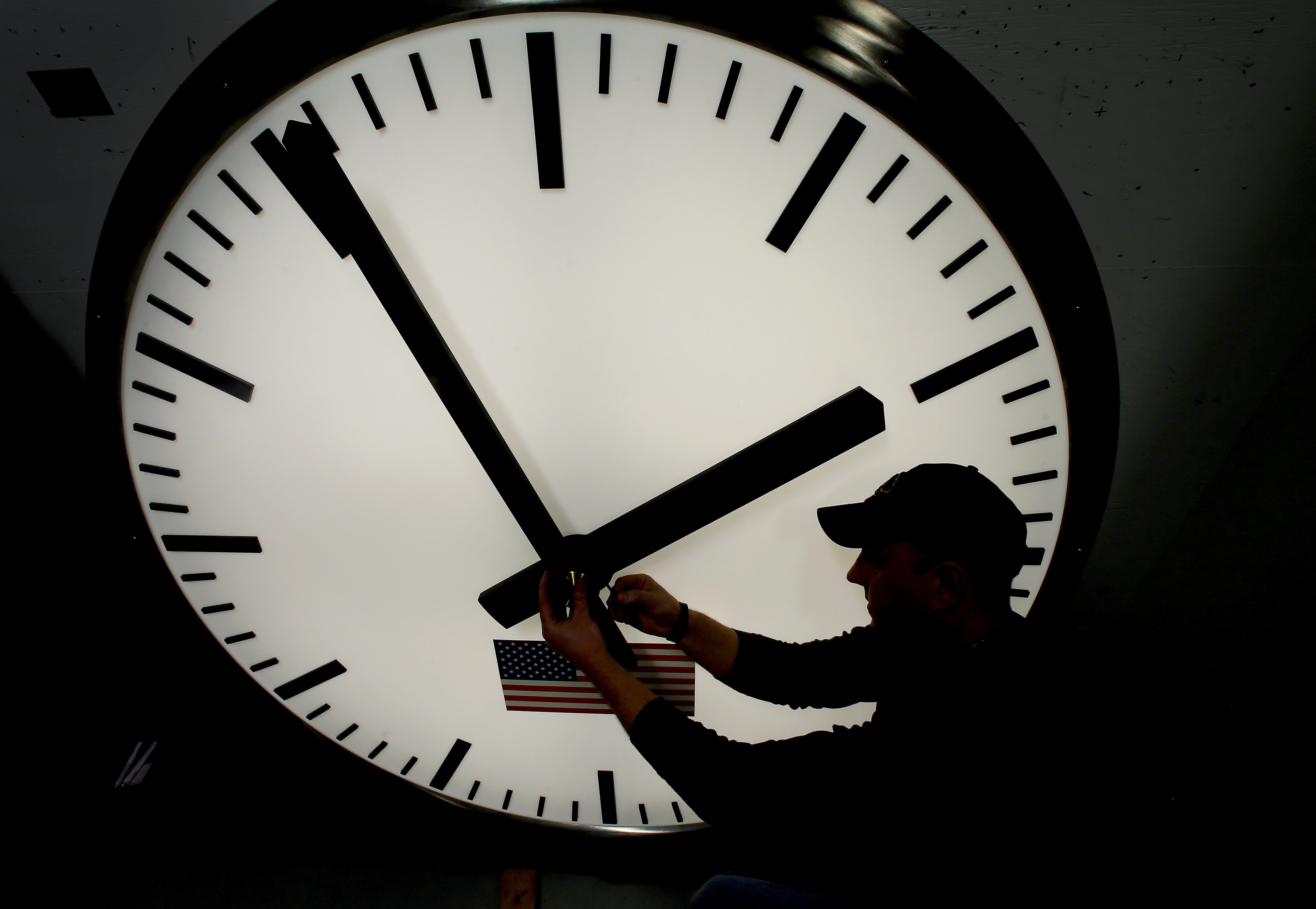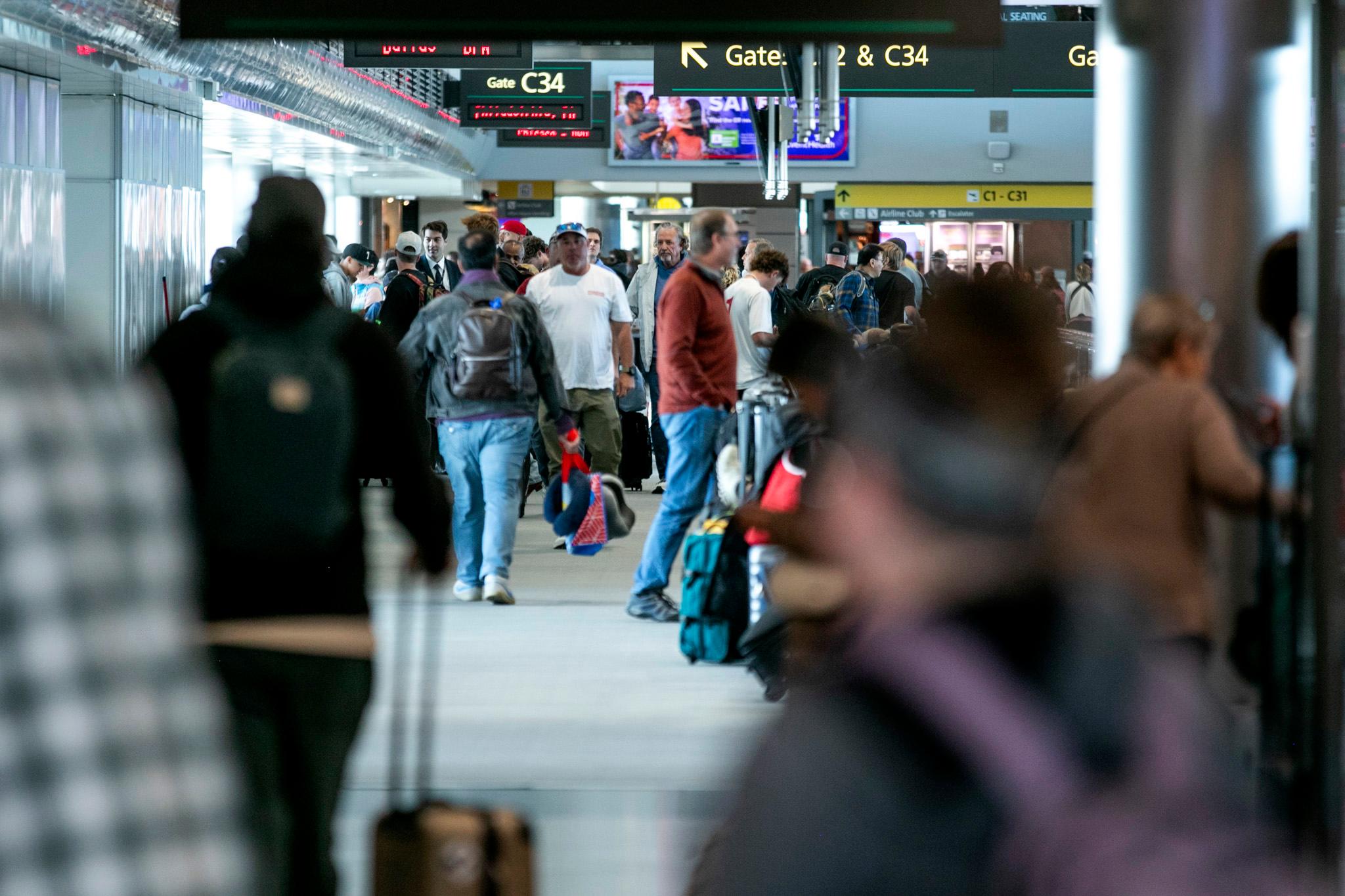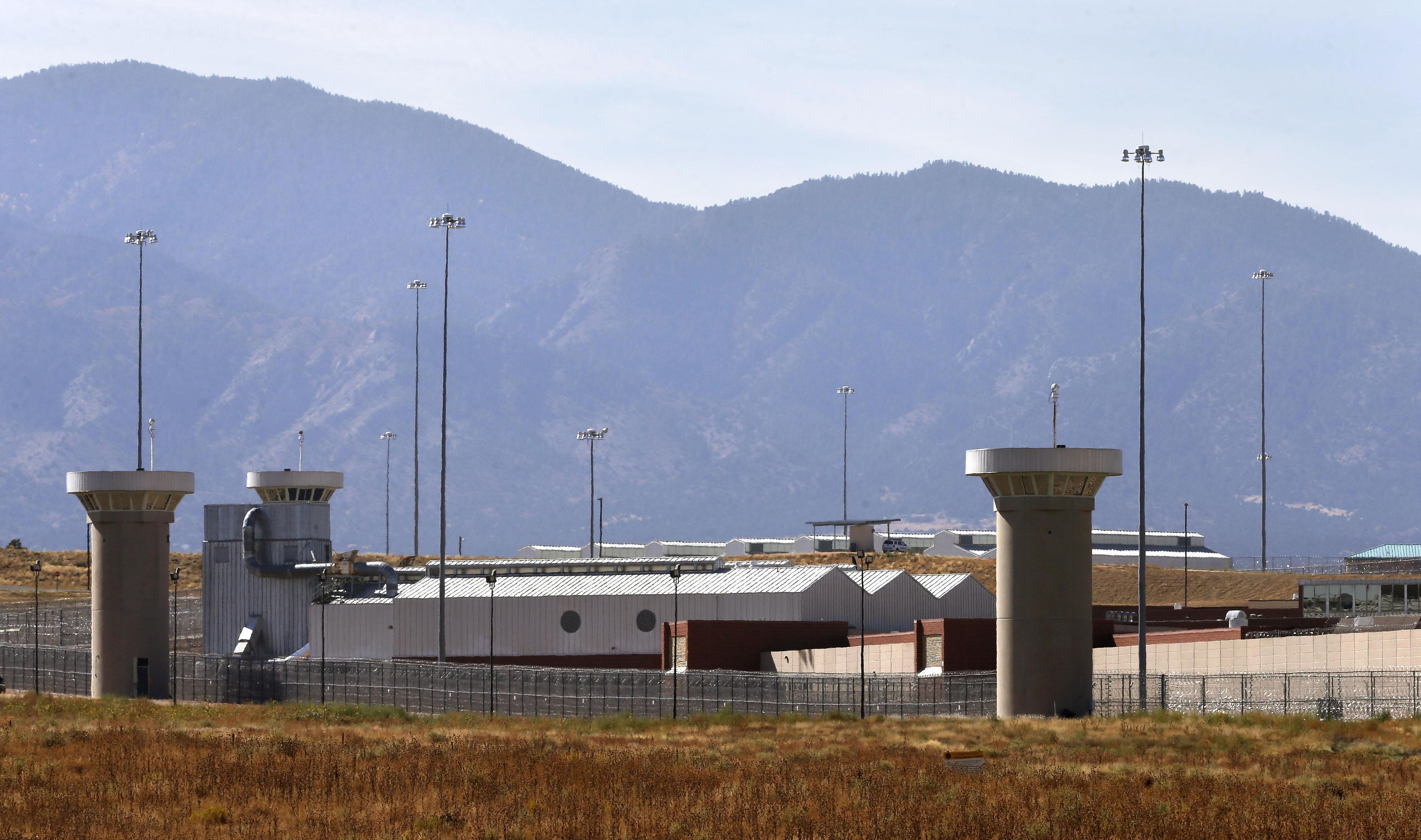
Saturday night, Coloradans will engage in the annual ritual of "springing ahead," moving ahead their clocks by one hour. And if a husband and wife team in Lakewood gets its way, this will be one of the last times that people will have to adjust the bedrooms, microwave oven, and car clocks.
Sean and Teri Johnson are leading a campaign to put a measure on the ballot in 2016. It asks that Colorado stay on Daylight Saving Time year round. But getting the measure to voters will be difficult. It requires gathering nearly 100,000 signatures and, if it passes, it will be another chapter in Colorado's on-again-off-again relationship with spring and fall time changes.
The City and County of Denver first adopted Daylight Saving Time in the years before World War I, according to Michael Downing, author of "Spring Forward: The Annual Madness of Daylight Savings Time." During the war, the change was used nationwide for about a year before Congress repealed it -- only to bring it back during World War II. Between the wars and in the late 1940s, cities across the country, including Denver, used it, while the rest of the state didn't. That led to significant confusion, Downing says, particularly with regard to train schedules.
"Metropolitan time policies weren’t well documented," Downing says. "If you came from Chicago, you didn’t know Denver was adopting daylight savings."
- Michael Downing is a writing professor at Tufts University and the author of “Spring Forward: The Annual Madness of Daylight Saving Time.”
- Sean Johnson, who with his wife, Teri, is leading the "Save the Daylight" campaign









